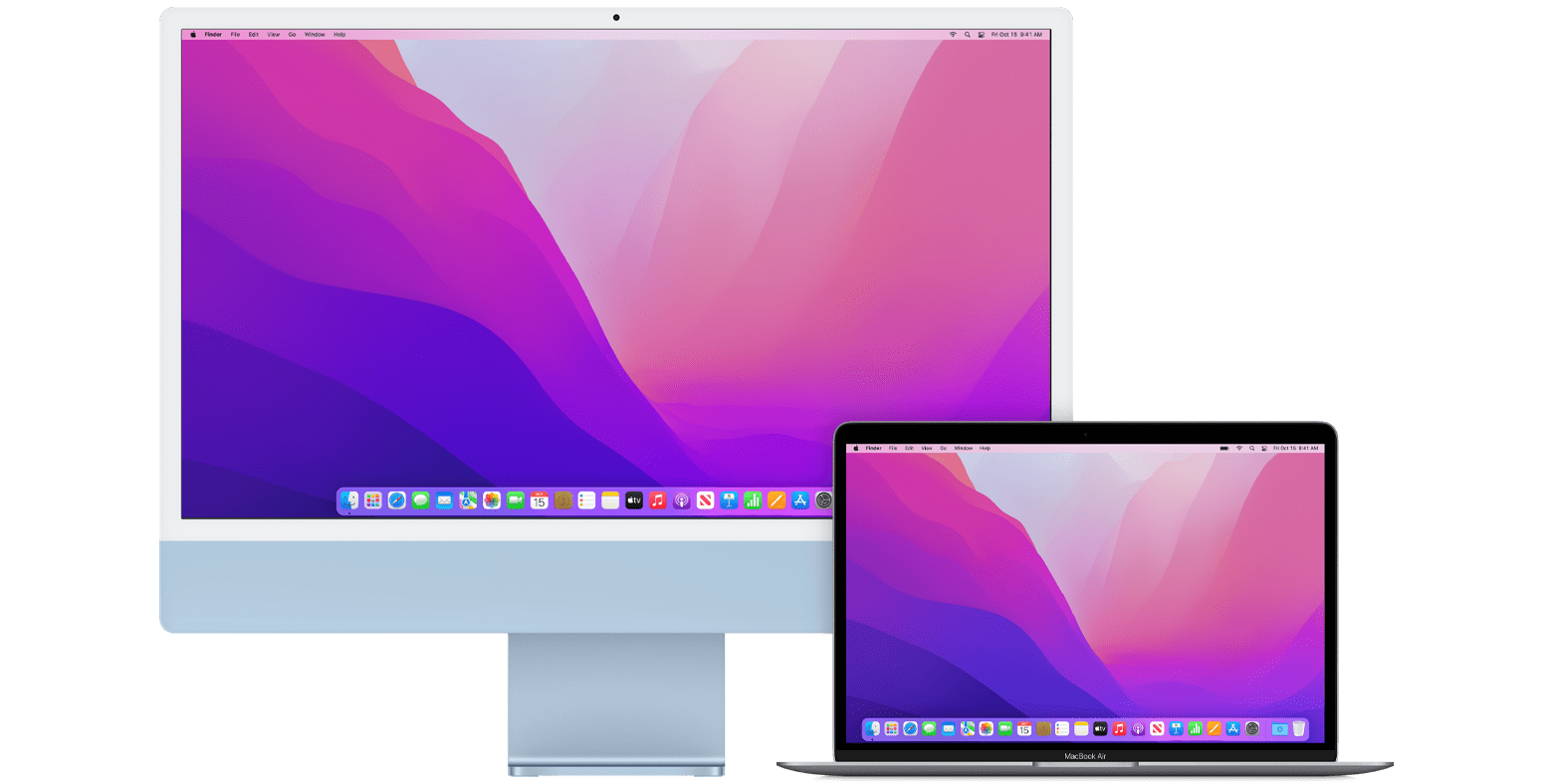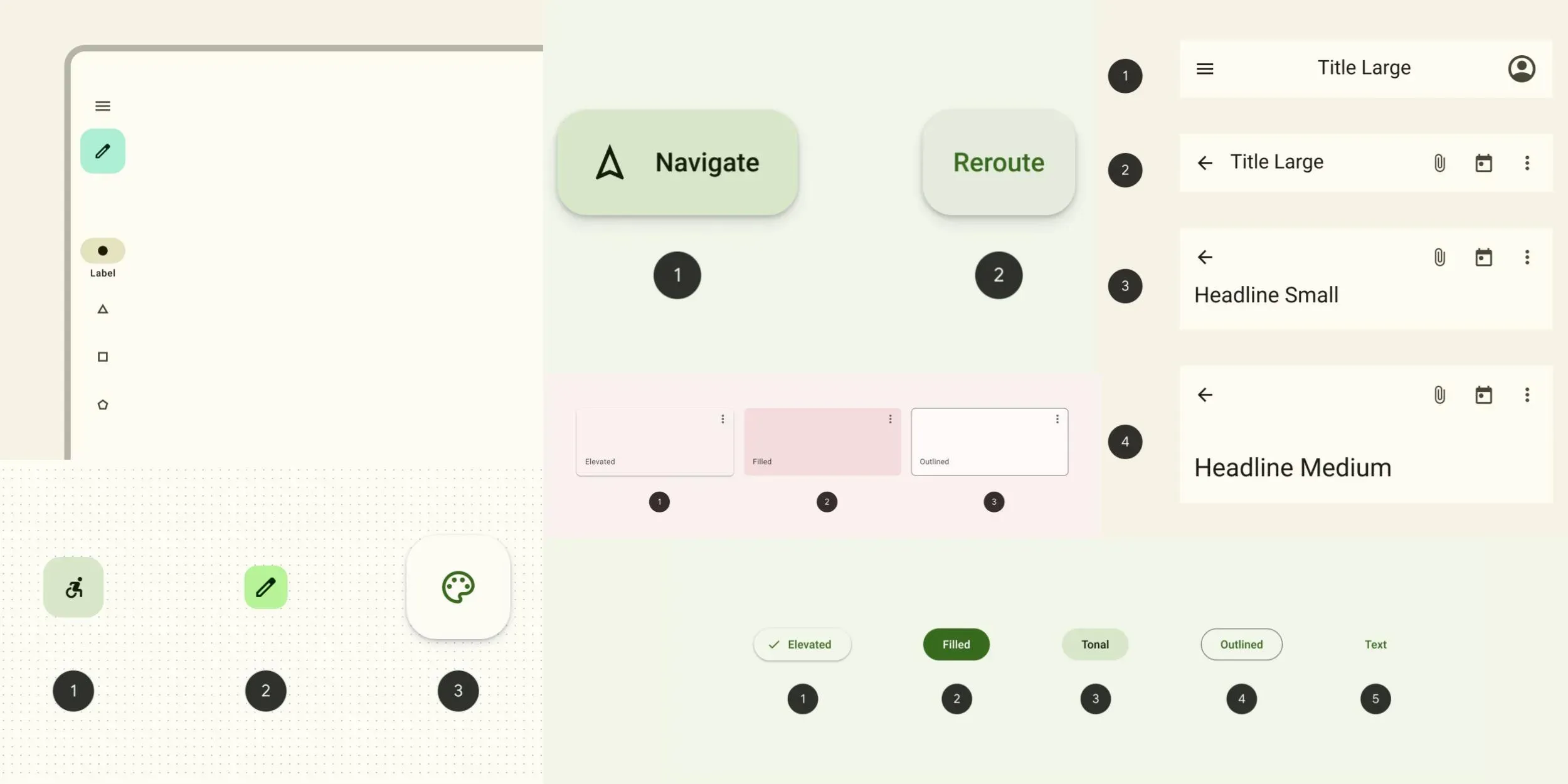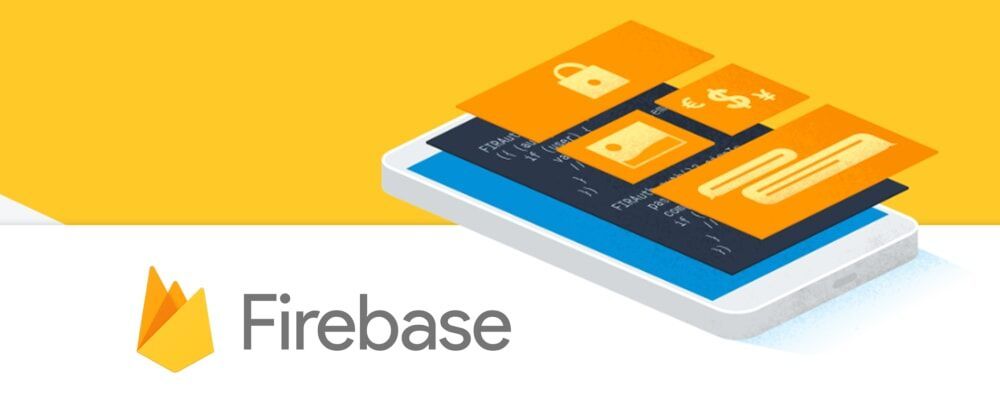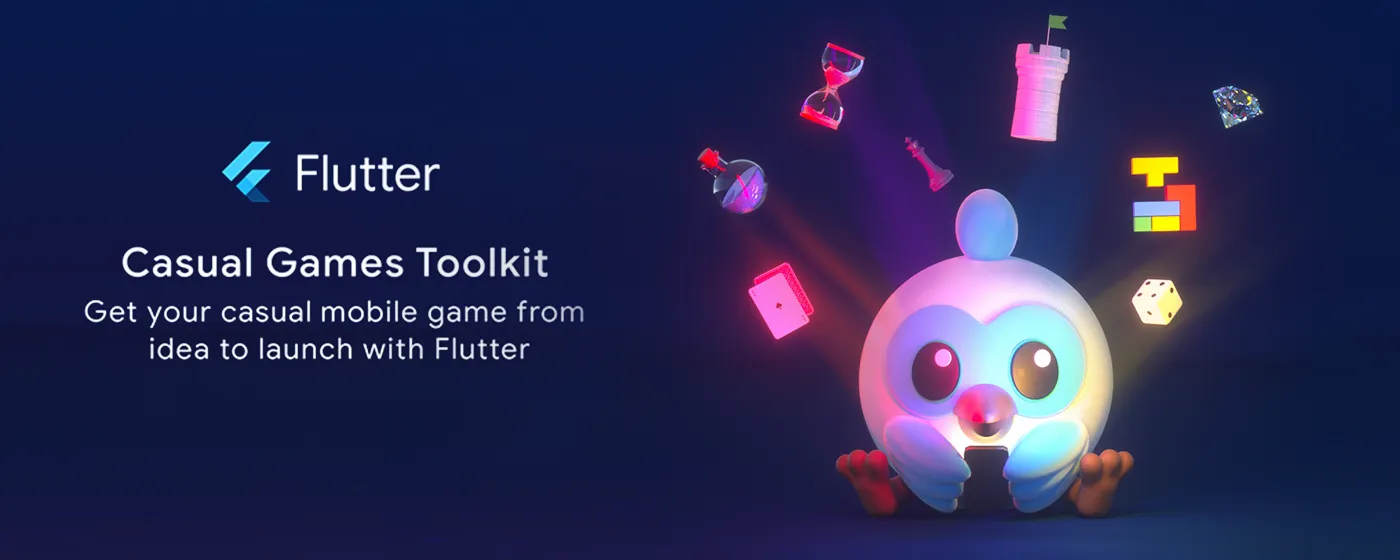
Google has slowly grown Flutter into one of the most dynamic cross-platform developer tools on the market over the last few years. After initially supporting just Android and iOS applications, the framework may now effectively be used to create apps for Windows, Web, and embedded devices.
“We’re announcing Flutter 3, which is the culmination of our journey to delivering multi-platform UI development across phone and desktop and web,” Tim Sneath, the director of product and UX for Flutter and the Dart language, told me. “This really comes all the way back from when we first launched Flutter a couple of years ago. With the Flutter 1 launch, we were fairly clear, at least in terms of a vision, even at that point, that we didn’t intend to be a mobile toolkit. We wanted to be thought of as being broader than just phones.”
Google has released Flutter 3.0, the newest iteration of its cross-platform UI framework. The most significant change is that Flutter can be used to create production-quality apps for Android, iOS, Web (desktop), Linux, Windows desktop, and macOS.
Here's a short rundown of the most essential changes:
MacOS & Linux:

Google expanded Flutter's capabilities beyond mobile by adding web (desktop) and Windows compatibility, and it can now construct Mac and Linux apps as well. And now Flutter 3 now includes solid support for macOS and Linux applications. Platform support necessitates new input and interaction models, compiler and build support, accessibility and internationalization, and platform-specific integration. Flutter on macOS natively supports both Intel and Apple Silicon.
Material Design 3

Flutter 3 also improves on several essentials, including better performance, Material You support, and productivity changes. Developers may now leverage a versatile, cross-platform design framework with dynamic color schemes and better visual components with Material Design 3.
Excellent Firebase support

As stated by a poll of Flutter developers, a whopping 63 percent of them use Firebase in their applications. According to the Flutter team, the Flutter/Firebase connection is now a fully supported core component of Firebase. “Today we’re announcing the graduation of Flutter/Firebase integration to a fully-supported core part of the Firebase offering. We’re moving the source code and documentation into the main Firebase repo and site, and you can count on us evolving Firebase support for Flutter in lockstep with Android and iOS.” tells Tim Sneath
Casual Games Toolkit

There is an expanding community centered on casual game development. Google is now giving a Casual Games Toolkit, which includes a beginning kit of templates and best practices, as well as credits for advertisements and cloud services, to make it easier for casual game makers to leverage Flutter and its hardware-accelerated graphics capabilities to create games. “We want to make it easier for casual game developers to get started, so at I/O today we’re announcing the Casual Games Toolkit, which provides a starter kit of templates and best practices along with credits for ads and cloud services.” Tim Sneath explained.
